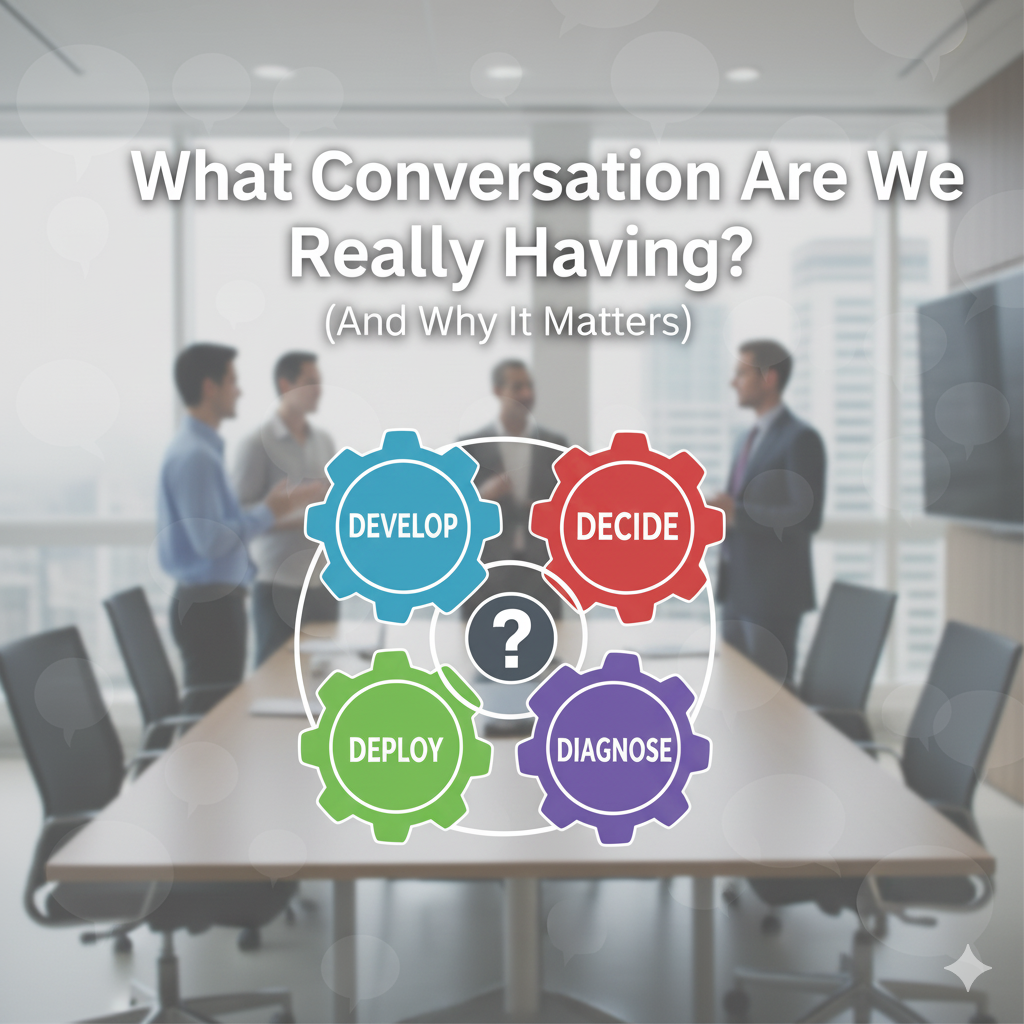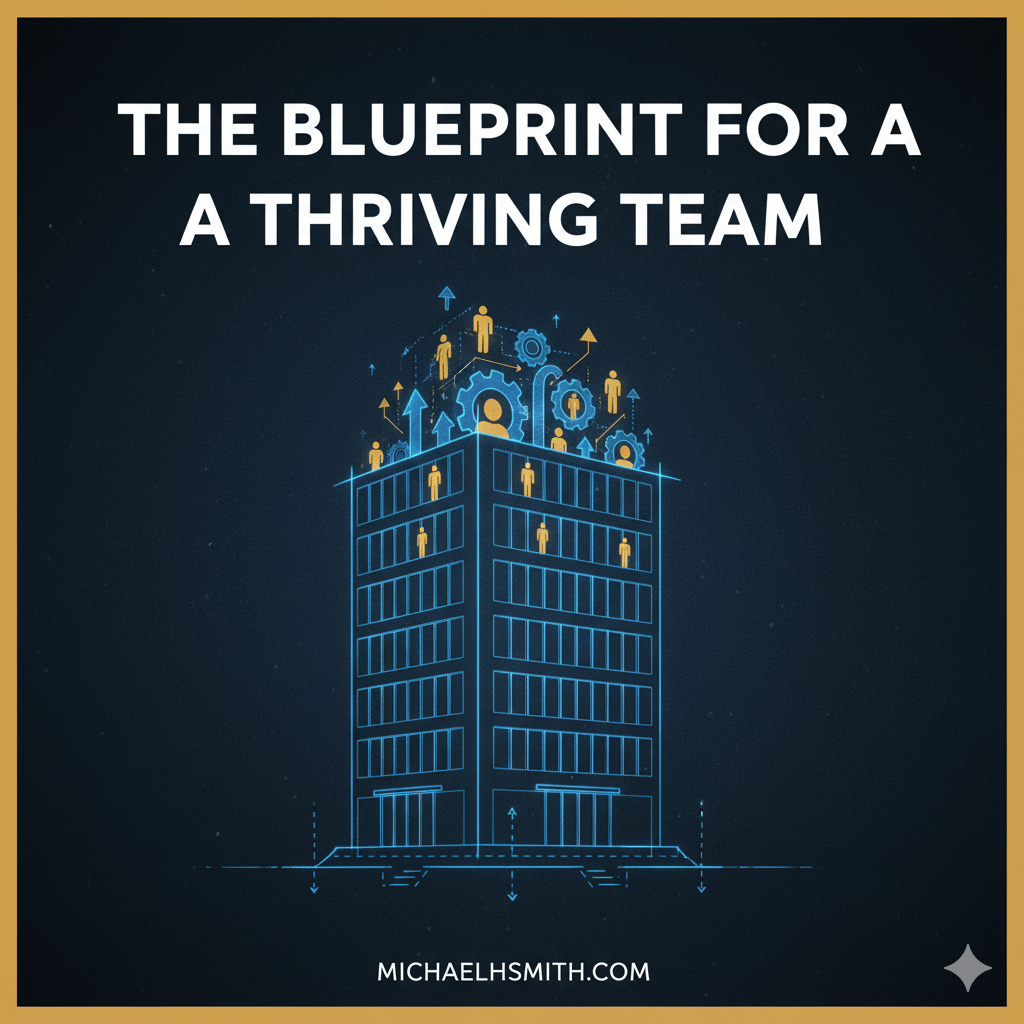What Conversation Are We Really Having? (And Why It Matters)
What conversation are we having?
Meetings are necessary, but poorly planned and executed meetings are a waste of resources.
I am becoming increasingly convinced that one way to bridge the gap between wasteful and productive meetings is to identify the type of conversation we are having—or need to have—in our meetings.
Most of our meetings have specific labels, including daily standup, weekly planning/review, quarterly strategic planning, and yearly review.
However, within each of those meetings, we can have varied discussions on topics, and that is where the confusion arises.
Various business authors have explored meetings and the need for clarity about the goals of each meeting type. Michael Hyatt addresses meetings in his book, No-Fail Meetings. Gino Wickman takes a different approach in the Level 10 Meeting. And then Patrick Lencioni outlines a strategy in his book Death by Meeting. However, on Lencioni’s Working Genius podcast, he recently took a simpler approach, offering a straightforward way to hold productive meetings.
The Four Essential Conversations
Lencioni’s big idea is: no matter what the meeting is titled, there are really only four types of conversations that take place:
Brainstorming
Deciding
Launching
Status Review and Obstacle Clearing.
I have seen it happen: a team recognizes a problem and discusses possible solutions; someone in the group latches onto one idea and wants to implement it. They jumped right over the deciding conversation to the launching phase.
Lencioni's meeting definitions are spot on. I have found four words that may be easier to remember.
Develop - Decide - Deploy - Diagnose.
Here is a chart that compares these words to Lenioni’s words and shows a meaning for each.
Actionable Suggestions for a Productive Meeting
A robust framework is only valuable if it can be put into practice. As a leader who believes in providing actionable suggestions, here are three simple ways to introduce this clarity into your next team meeting:
State the Conversation Type Upfront: As the meeting facilitator, you must explicitly define the expected type of discussion for each agenda item. For instance, clearly announce: "For the next 15 minutes, we are in Develop mode—our goal is solely to generate and shape ideas; no final decisions will be made." This sets a clear boundary for participation.
Coach "In the Moment" to Stay on Track: Use your role as a mentor/coach to guide the discussion back to the intended purpose when you observe the conversation drifting. If a team member jumps prematurely from Discussing a problem to Deploying a solution, offer a gentle corrective: "That is an excellent proposed solution, but let's quickly switch back to Discuss and then Decide for another minute to ensure we have fully investigated the root cause."
Use the Framework to Regain Focus: If the discussion loses its way and clarity evaporates, pause the meeting and engage the team by asking: "What type of conversation have we drifted into? Which type of conversation do we collectively need to be in right now to move forward?". This meta-awareness forces the team to identify the misalignment and immediately self-correct.
While healthy discussions—even those with productive conflict—are rarely linear, a shared understanding of the intended conversation type allows every team member to contribute their specific skills and talent more effectively.
Meetings possess tremendous potential to accelerate your projects, advance your priorities, and drive your organization forward. We unlock that potential by simply clarifying the most fundamental question: What conversation are we having?




